Discover Palaeo After Dark
Palaeo After Dark

331 Episodes
Reverse
The gang discusses two papers about skin preservation in fossil tetrapods. The first paper describes skin impressions from a Permian synapsid, and the second paper identifies feather-like structures in an early Triassic diapsid. Meanwhile, James considers the horse, Amanda shames extinct animals, and Curt quotes “philosophy”. Up-Goer Five (Amanda Edition): Today our friends talk about things that are sort of close to things with hair but not that close to things with hair. They are closer to things with hair than to things with dry skin with no hair or long many-part skin things. Anyway for a long time we did not know what the skin of the animals that are sort of close to things with hair looked like. Did they have dry skin with no hair like the things today? Or did they maybe have hair? We didn't know, but now we have found marks in the ground that show that they had dry skin with no hair, but it looks different than the animals with dry skin and no hair today. So hair comes around after the dry skin with no hair does. Then our friends talk about a very weird little animal that is sort of somewhere close to animals with dry skin and no hair, but it has these really weird things that come off of its back that look kind of like the many-part skin things on the most flying animals that are around today. But it's really not the same many-part skin things, because all the parts are not really same. And also there is only one of them and not one on each side. So it might be that many-part skin things come earlier than people thought they might have. References: Marchetti, Lorenzo, et al. "Early Permian synapsid impressions illuminate the origin of epidermal scales and aggregation behavior." Current Biology 35.11 (2025): 2752-2759. Spiekman, Stephan NF, et al. "Triassic diapsid shows early diversification of skin appendages in reptiles." Nature (2025): 1-7.
The gang ends “Wet Hot Archosaur Summer” with the final podcast recorded from our undisclosed location in the woods. For this podcast, we indulge Amanda by talking about birds and trace fossils. The first paper looks at the remains of nesting sites that date back to the Cretaceous, and the second paper investigates sources of error in estimates of avian maximum speeds from trace fossils. Meanwhile, Amanda has a message for the bears, James proposes an alliance with the crows, and Curt does an “homage”. Up-Goer Five (Curt Edition): The friends talks about two papers that will make one of them very happy because they are all about the ways that animals that fly can make marks on the ground to let us know about how they move. The first paper looks at where these animals that fly will make their home. This paper shows that animals that fly have been found in this cold place near the top of the world for a really long time. This place would not have been as cold as it is today, but would have been dark for half the year. Some of the animals they find in this area look like they would have moved in when things were good and left when things got bad. This is something we see animals that fly do today in the top of the world as well. The second paper looks at how we try and use how these animals make marks on the ground to see how fast they would move. The paper shows that the way we were doing it in the past kind of worked, but also didn't work. This is because when these animals that can fly move, they do not move in the same way as other animals all the time. And so the way that these things walk is important if we want to try and understand more about how fast they could move from the marks on the ground. References: Wilson, Lauren N., et al. "Arctic bird nesting traces back to the Cretaceous." Science 388.6750 (2025): 974-978. Prescott, Tash L., et al. "Speed from fossil trackways: calculations not validated by extant birds on compliant substrates." Biology Letters 21.6 (2025): 20250191.
The gang is all back together in one place again as they unite in an undisclosed cabin in the woods to record the last two podcasts for Wet Hot Archosaur Summer. For this episode, the gang talks about herbivorous pterosaurs and wadding T-rex. Meanwhile, James experiences relative sobriety, Curt welcomes everyone to the Great Northern, Amanda is fueled by spite, and we all get completely off track. Up-Goer Five (Curt Edition): The friends are together for the first time in a long time and so they have a lot of fun together and sometimes they talk about a paper or two. The first paper that they sort of talk about is about big angry animals that fly and are no longer around. This paper looks at one group of these big angry animals and finds that they have bits and pieces of things that are found in green things that make their own food from the sun. They do a lot of things to make sure that these bits are found inside these animals and they use this to say that this one group of big angry animals probably ate these green things. The second paper looks at how big angry animals moved and how fast they could move in air or in water. This is because some big angry animals that are in all of the movies are said to maybe not be as fast as the things they would eat. This paper says maybe they chased food into water where they would be faster. The friends point out that other animals today do not have to be faster than the animals they eat, but sure... go off. References: Blanco, R. Ernesto. "Tyrannosaurus rex runs again: a theoretical analysis of the hypothesis that full-grown large theropods had a locomotory advantage to hunt in a shallow-water environment." Zoological Journal of the Linnean Society 198.1 (2023): 202-219. Jiang, Shunxing, et al. "First occurrence of phytoliths in pterosaurs-evidence for herbivory." Science bulletin (2025): S2095-9273.
Wet Hot Archosaur Summer continues as the gang discusses two papers that look at the evolution and biogeography of early archosaurs. Specifically, one paper describes new material from an early dinosaur group, and the other paper looks at the niche preferences of early pterosaurs and their closest sister group, the lagerpetids. Also, James tries out a new flavor, Curt likes consistency, and Amanda provides some ASMR. Up-Goer Five (Curt Edition): The friends look at two papers about the early types of animals that would give us lots of different types of big angry animals like the big ones that everyone thinks of and the ones that can fly. The first paper looks at one of these early animals which we don't know much about because there is not a lot of it left. This paper talks about some new stuff that was found which helps us better know what this animals is. We first thought that maybe it was one of the earliest animals, but this paper says that it may be more like some of the big animals that we talk about all the time because they are in big movies like the one that came out this year. The second paper looks at two groups of animals that are close to each other, one of them can fly and one that does not fly. These two groups were around at the same time. This paper looks to see where they lived and what types of places they wanted to live in. They find that these two groups did live sort of the same place, but places where the things that fly would like to live were also places that the other group that did not fly did not like to live as much. The other thing they find is that, even though the group that did not fly was not as long lived as the group that did fly, during the time they are looking at it lived in a lot of places and did very well. A big bad thing happened at the end of this time that is probably why this group went away and the group that could fly was able to do better. References: Müller, Rodrigo Temp. "A new “silesaurid” from the oldest dinosauromorph-bearing beds of South America provides insights into the early evolution of bird-line archosaurs." Gondwana Research 137 (2025): 13-28. Foffa, Davide, et al. "Climate drivers and palaeobiogeography of lagerpetids and early pterosaurs." Nature Ecology & Evolution (2025): 1-14.
The gang discusses two papers about the ecology of sauropods. The first paper investigates the biomechanics of the Plateosaurus tail, and the second paper looks at direct evidence of sauropod diet from gut contents. Meanwhile, James “makes it interesting”, Amanda may have recorded on the wrong microphone, Curt makes a bold rebrand, and everyone vaguely remembers “Denver: The Last Dinosaur”. Up-Goer Five (Curt Edition): The friends talk about two papers that look at animals with along necks from a long time ago that kids love and were in a movie where one of them called Little Foot went to a great low place between big places. The first paper looks at one of the oldest groups of animals with long necks that had really long things coming out of their bottoms. Some animals use these long things to match how heavy and long their necks are, but some use these long things to hit other animals. Since this group did not have a lot of things to hit other animals that may try to eat them, it would make sense that maybe they used their long things off their bottom to do it. They look at other animals from today and the past to see if this animal could use its long thing from its bottom to hit other animals. And they find that it could. The second paper looks at what one of these long neck animals would eat. They find some parts of one of these animals that died when it was eating, and the bits that it ate were still in its body when it died. They find bits and pieces of things that can make their own food, and they also find that the animal was not very good at breaking up its food in its mouth. References: Poropat, Stephen F., et al. "Fossilized gut contents elucidate the feeding habits of sauropod dinosaurs." Current Biology 35.11 (2025): 2597-2613. Filek, Thomas, et al. "Tail of defence: an almost complete tail skeleton of Plateosaurus (Sauropodomorpha, Late Triassic) reveals possible defence strategies." Royal Society Open Science 12.5 (2025): 250325.
The gang continues “Wet Hot Archosaur Summer” with a discussion about pterosaur trace fossils. The first paper tests a method for assigning pterosaur traces to potential trace makers, and the second paper is a case study of actually assigning traces to a species. Meanwhile, Amanda herds cats (figuratively and literally), James can only accomplish three things, Curt keeps it light, and everyone upholds their “journalistic integrity”. Up-Goer Five (Curt Edition): The friends talk about two papers that look at the marks that animals leave on the ground. These marks are made by animals that fly from a long time ago and are no longer around today. The first paper is asking if we can look at these marks and try to better figure out what kinds of these animals could have made those marks. They do a lot of work to look at the marks and some parts of these animals that we have that are really good in order to see if there are parts of the animal that would also be the same as these marks, and then they use numbers like how long these parts are on the marks and the animal parts are to try and see if we can put the marks into groups of animals. They find that maybe we can, and that there are some places where it might be best to see how well this works. The second paper is one of those places where we can go see if this thing the first paper did works. They have these marks and there are two different types of marks. This place also has parts from two different groups of these animals, and those animals are in the same beds so they can be pretty sure that the animals were in the same spot as the marks at around the same time. They look at the numbers and how these marks look and they are able to point to each of these marks and say which of the two animals they have would have made those marks. References: Smyth, Robert SH, et al. "Identifying pterosaur trackmakers provides critical insights into mid-Mesozoic ground invasion." Current Biology 35.10 (2025): 2337-2353. Li, Yang, et al. "First deciphering of large pterosaur footprints and their trackmaker in the Junggar Basin, China." Cretaceous Research 167 (2025): 106036.
Wet Hot Archosaur Summer continues as the gang discusses two papers about crocodylomorph evolution. The first paper looks at the impact mass extinctions had on disparity within the group, and the second paper uses new phylogenetic data to revise our understanding of size trends and biogeography of crocodylomorphs during the Cenozoic. Meanwhile, Curt invents a measurement, James invents a new way of eating, and Amanda invents a new phobia for herself. Up-Goer Five (Curt Edition): The friends talk about two papers that look at big angry animals that you should never smile at, again! This time they are looking at very old big angry animals you should never smile at. The first paper looks at how different these animals were in the past and looks at how different they are today. A lot of people think that the big angry animals today are not as different than they were in the past and that this might be weird. The paper finds that these big angry animals have been more different in the past, but that the animals today are not so much the same as each other in a weird way. There were times in the past where these animals were as different from each other as we see today, and they even got more different again after that. The second paper looks at a new way of thinking about two animals from the past that were really big and you really should not smile at. These animals were thought to be part of this one group that is not as big today and also would be really weird because these some of these animals in the past are found across the big blue wet thing and we do not think that they can move across that big blue wet thing because of the stuff that is in the big blue wet thing that is not water that makes your food good. This paper shows that these big animals are probably not in that group, and so they use this to see what this means about where this one group of animals was living and how they got smaller. References: Melstrom, Keegan M., et al. "For a while, crocodile: crocodylomorph resilience to mass extinctions." Palaeontology 68.2 (2025): e70005. Walter, Jules D., et al. "Expanded phylogeny elucidates Deinosuchus relationships, crocodylian osmoregulation and body-size evolution." Communications Biology 8.1 (2025): 611.
The gang kicks off a summer of archosaurs by talking about crocodyliforms. The first paper describes an early Cenozoic large notosuchian, and the second paper investigates how cryptic species impacts divergence times within the clade. Meanwhile, Curt diagnoses a problem, James tries to “help”, and Amanda does not care. Up-Goer Five (Curt Edition): The friends talk about two papers that look at animals that today most of the time live in water and grab food from the edge of the water and you should never smile at. The first paper a really big one of these animals that lived a long time ago. This animal was found after a really big rock hit the ground and killed most of the big animals. This big animal shows that some of the animals that you should never smile at were able to live through the big rock hitting. The second paper looks at animals you should never smile at today and finds that there are some animals that look the same but are not actually the same animals. This paper uses these animals that look the same but are different and finds that they have been different for a long time. This means that if we want to try and make sure that these animals are safe, we can not just say that animals that look the same are going to do the same things when things change. References: Bravo, Gonzalo Gabriel, et al. "A new notosuchian crocodyliform from the Early Palaeocene of Patagonia and the survival of a large-bodied terrestrial lineage across the K–Pg mass extinction." Proceedings B 292.2043 (2025): 20241980. Darlim, Gustavo, and Sebastian Höhna. "The effects of cryptic diversity on diversification dynamics analyses in Crocodylia." Proceedings B 292.2043 (2025): 20250091.
The gang tries to discuss two papers that look at the evolutionary impacts of the K-Pg mass extinction. Specifically, they look at one paper that estimates sampling probability throughout the late Cretaceous to determine if record bias influences our understanding of the extinction, and another paper that looks at species area relationships to investigate ecological shifts in response to the event. However, the gang gets completely lost and sidetracked throughout. They starting talking about the papers around 18 minutes in… and very quickly lose track again. It’s going to be one of those podcasts. Up-Goer Five (Curt Edition): The friends do a real bad job of talking about two papers that look at what happened when a big rock fell from the sky a long time ago. The first paper looks at the rocks we have from that time and tries to see how well we know what was happening and what was going on with the animals that were around at that time. Given the rocks we have, how sure are we that we know where animals were and how many of those things were around. It turns out that just before the big rock hit, we do not have a good idea of what things were around and where they were. The second paper looks at how the places where things were living in the past changed before and after the big rock hit. The idea is that some animals may have done well because they could go to all of the places when things get bad because they do well when things go bad. This paper says that this is not happening and that there is way more going on with these groups that were doing well after the big rock hit. References: Close, Roger Adam, and Bouwe Rutger Reijenga. "Tetrapod species–area relationships across the Cretaceous–Paleogene mass extinction." Proceedings of the National Academy of Sciences 122.13 (2025): e2419052122. Dean, Christopher D., et al. "The structure of the end-Cretaceous dinosaur fossil record in North America." Current Biology (2025).
The gang discusses two papers that look at the evolutionary impact of shifts in habitat occupation. The first paper looks at a clade of sharks moving into the depths, and the second paper investigates habitat shifts in mammals across the Cretaceous and Paleogene. Meanwhile, Amanda has some opinions, James is doing much better, and Curt is easy to amuse. Up-Goer Five (Curt Edition): The friends talk about two papers that look into how animals change when they move from one type of place to another. The first paper looks at animals with big teeth that has soft parts inside and live in the water. One group of these animals is found in really deep water today, but in the past they were found in water that is not deep. This paper looks at when this move into the deep happened, and what it happened along with. The second paper looks at parts of animals that have hair and how these parts have changed over time. These parts are used for moving around and so they can let us know how these animals were moving in the past. This paper shows that before a really bad thing happened, a lot of these animals were moving in the trees, but after that big thing happened these animals were moving in a lot more different ways with more on the ground. References: Marion, Alexis FP, Fabien L. Condamine, and Guillaume Guinot. "Bioluminescence and repeated deep-sea colonization shaped the diversification and body size evolution of squaliform sharks." Proceedings B 292.2042 (2025): 20242932. Janis, Christine M., et al. "Down to earth: therian mammals became more terrestrial towards the end of the Cretaceous." Palaeontology 68.2 (2025): e70004.
The gang discusses two papers that use morphometrics to investigate patterns of selection on bird morphology. The first paper looks at the morphology of feathers, while the second paper looks more broadly at various parts of the avian body. Meanwhile, James breathes new life into a classic, Amanda is passionate about formatting, and Curt exposes “the truth”. Up-Goer Five (Curt Edition): The friends talk about two papers that look at animals that move in the air. Both of these papers look at how these animals look and try to find out why these animals look the way they do. The first paper looks at the different types of soft things that these animals use to fly and also to stay warm. They look at how these soft things look and how that look has changed over time and between groups. Some of these animals that don't fly have soft things that are different from the ones that do fly, but they way they are different is different with each group that does not fly. The second paper looks at parts of these animals like their mouths to see how they change between groups. They find that there are lots of things these animals could be doing that most of them are not doing. This makes them say that maybe there is something keeping the animals looking like that because if they change too much in one way it might be really really bad for them. References: Sayol, Ferran, et al. "Biophysical constraints on avian adaptation and diversification." BioRxiv (2023): 2023-10. Saitta, Evan T., et al. "Feather evolution following flight loss in crown group birds: relaxed selection and developmental constraints." Evolution (2025): qpaf020.
The gang discusses two papers that look at preserved skin/external tissues. The first paper shows a unique record of Cambrian molting, and the second paper looks at the first preserved samples of plesiosaur skin. Meanwhile, Amanda commits an "own goal”, Curt shares some old internet fun, and James has opinions about fins. Up-Goer Five (Curt Edition): The friends talk about two papers that look at skin that is very very very old. The first paper looks at animals from a long time ago that lose their skin when they get too big for it when then grow. They found these parts on the skin that are hard and most of the time there are two but some of them have four, and that these ones that have four are because they are growing new skin under the old skin. The second paper looks at an animal from a long time ago that breathes air but lives in the water and is close to things today that have harder skin. Other animals like this animal have some skin that we know about, but for this group of animal we did not know a lot about their skin. In the other animals that move into water, their skin gets soft, but this group shows that some of their skin is hard like the animals that are on land. This might be because how these animals live. References: Yu, Chiyang, Deng Wang, and Jian Han. "Cambrian palaeoscolecidomorph Cricocosmia caught in the act of moulting." Historical Biology 37.3 (2025): 643-649. Marx, Miguel, et al. "Skin, scales, and cells in a Jurassic plesiosaur." Current Biology (2025).
The gang discusses two papers that look into the evolution and timing of key morphological innovations within animal groups. The first paper describes possible raptorial appendages in fossil artiopods, and the second paper finds early evidence of modern bird morphologies in the Jurassic. Meanwhile, Amanda gloats, Curt dies, and James eulogizes. Up-Goer Five (Amanda Edition): Today our friends look at two papers where one friend can feel better about how they do the work than how other people do the work. One paper is about big face hand animals with many parts to their legs that use their big face hands to maybe grab and eat other animals. It says that maybe these animals with many parts to their legs all got the big face hand parts in different ways that other animals with many parts that also have the big face hand parts. The other paper is about the animals that do not have hair or hard skin that fly. It says that the animals that do not have hair or hard skin that fly show up earlier than people maybe thought that they did. They are animals that are more like today's animals that do not have hair or hard skin that can fly. One of our friends has said this for a long time and felt good when they saw this paper. References: O'Flynn, Robert J., et al. "The early Cambrian Kuamaia lata, an artiopodan euarthropod with a raptorial frontal appendage." Journal of Paleontology (2025): 1-13. Chen, Runsheng, et al. "Earliest short-tailed bird from the Late Jurassic of China." Nature 638.8050 (2025): 441-448.
The gang discusses two papers that look into the timing of evolution of the “crown group”. The first paper looks at fossil glass sponges, and the second paper looks at the phylogeny of lampreys. Meanwhile, James gives some sound advice, Amanda has ambitious hobby plans, and Curt imagines the perfect media crossover. Up-Goer Five: (Curt Edition) The friends talk about two papers that look at groups of animals and try to see when the things that we see today in these groups may have first happened in the past and what we can tell us about why those things might have happened. The first paper looks at a group of animals that are made up of many single parts that can all act on their own and these animals get food out of water in a very simple way. This paper finds some very old animals that look a lot like some groups of these animals we see today. This would mean that this group may have been around a lot longer ago than we think. The second paper looks at a group of animals that are long without much going on and a round mouth and live in the water. This group has animals that live in different places that have made people ask why. This paper looks at how all of these animals changed over time and uses that to see when the animals that we see today may have first been around. They find that these animals may have first appeared during a time that was really hot, and that might be why the animals are where they are today. References: Botting, Joseph P., et al. "Advanced crown‐group Rossellidae (Porifera: Hexactinellida) resembling extant taxa from the Hirnantian (Late Ordovician) Anji Biota." Papers in Palaeontology 11.1 (2025): e70000. Hughes, Lily C., et al. "Phylogenomic resolution of lampreys reveals the recent evolution of an ancient vertebrate lineage." Proceedings B 292.2038 (2025): 20242101.
The gang celebrates the research of the late Elisabeth Vrba by talking about two of her papers, as well as her research more broadly. And, despite their best efforts, they get easily distracted on tangentially related side discussions. Up-Goer Five (Curt Edition): The friends talk about two papers from someone who they want to remember the memory of because that person is no longer with us. They talk a lot about this person's work, and some other things that come up as they are talking. The big things these two papers look at are how small things working together can build things that are bigger than themselves, and how those bigger things can be changed by the small things but not in a way where the big things can be known just by looking at the small things. The big things have stuff in them that come up from the way the small things work together to build something bigger than themselves. References: Vrba, Elisabeth S. "Macroevolutionary trends: new perspectives on the roles of adaptation and incidental effect." Science 221.4608 (1983): 387-389. Vrba, Elisabeth S. "Mammals as a key to evolutionary theory." Journal of mammalogy 73.1 (1992): 1-28.
The gang discusses two papers that look at some exceptional soft-tissue preservation during the Silurian. The first paper potentially identifies a unique type of pterobranch, and the second paper looks at some early molluscs. Meanwhile, James has seen some movies, Amanda has a skibidi day, and Curt’s soul dies. Up-Goer Five (Curt Edition): The friends talk about two animals from a long time ago that are only found as soft parts and that makes it hard to find the parts of them that were in the ground a long long time ago. The first paper looks at an animal that is not well known in the past but is close to another animal that is better known. These soft parts are weird and people did not know what they were for a long while. This paper makes the case for this being one of this group of animals that all live in long empty round things together. They also say that this one may have lived moving in the water even though the ones today all sit at the bottom of the water on the ground. The second paper looks at another group of animals that many today have a hard part on them and some of them turn their body when they grow. The animals that they are looking at do not do these things. They have hair and are long. These are animals are from a group that we think might be close to what the early animals in this group today would have looked like. The friends talk about this paper because they gave the animals funny names. References: Briggs, Derek EG, and Nicolás Mongiardino Koch. "A Silurian pseudocolonial pterobranch." Current Biology 33.23 (2023): 5225-5232. Sutton, Mark D., et al. "New Silurian aculiferan fossils reveal complex early history of Mollusca." Nature (2025): 1-6.
The gang discusses two papers that look at some exceptionally preserved juvenile fossil specimens and the interesting clues these fossils give to the ontogeny of extinct groups. The first paper is the current oldest preserved tadpole, and the second paper is an exceptionally preserved mummified sabre-toothed cat. Meanwhile, Amanda becomes light, James is visited, and Curt is left in the dust and the filth. Content warning: This episode contains covers some potentially dark material given that these fossils are juveniles. The following time stamps represent some of the more sensitive moments in which the group make morbid jokes about the subject matter. 6 min 3 sec to 6 min 39 secs. 58 min 13 seconds to 58 min 29 secs Up-Goer Five (Curt Edition): The friends talk about two papers that show some kids from animals groups that are no longer around. These papers are cool because they show how animals from a long time ago changed as they got older. The first paper looks at the kid of an animal group that changes a lot from a thing that moves through water to a thing that jumps on the ground. This kid is somewhere in the middle of jumping and moving through water. This is the oldest of this type of kid we have found so far. The group today is different because they go through this really big change. This paper shows that they were going through this really big change a long long time ago and shows that this change probably happened early on in their time line. The second paper looks at a kid that is from a group of animals with hair and long teeth. This kid was in ice and so we have a lot of things that we would not get that are soft. This is the first time we have seen the soft parts for this age of this animal and it shows us that lots of things we see in the grown animals were also there when they were kids. References: Chuliver, Mariana, et al. "The oldest tadpole reveals evolutionary stability of the anuran life cycle." Nature (2024): 1-5. Lopatin, A. V., et al. "Mummy of a juvenile sabre-toothed cat Homotherium latidens from the Upper Pleistocene of Siberia." Scientific Reports 14.1 (2024): 28016.
The gang discusses two papers that look at the evolution of photosynthesis in different groups. The first paper looks at what might be the first fossil evidence of thylakoids, and the second paper finds evidence for photosynthesizing symbiotes in Devonian fossil corals. Meanwhile, Amanda is making a lasagna, James has a lot of opinions about lasagna (~10 minutes until we actually get to the paper), and Curt is all about those sponges. Up-Goer Five (Curt Edition): The friends talk about two papers that look at how some types of living things can make food from the sun. The first paper looks at these very very old things that are very very very small. Inside these things they find very very very small parts of things that are used today by some living things to help make food from the sun. This might be the oldest one of these things that we have ever found, and it makes it so that we can see how things might have gotten better at making food from the sun over time. The second paper looks at old animals that live in the big blue wet thing that all live close together and make big hard parts that make walls in the water. These old animals are like the ones we see today but they are a group that is not around anymore. Groups today have friends that help make food from the sun for them. This paper looks to see if the old animals had those friends (or friends like them) too. They find that animals today keep some bits of things they do not usually want so that their friends can eat them. This can be seen in the hard parts they make. When they looked at the hard parts of the old group of animals, they saw that they were doing this too. This means that these animals were keeping food for friends just like that animals we see today. References: Demoulin, Catherine F., et al. "Oldest thylakoids in fossil cells directly evidence oxygenic photosynthesis." Nature 625.7995 (2024): 529-534. Jung, Jonathan, et al. "Coral photosymbiosis on Mid-Devonian reefs." Nature (2024): 1-7.
Sausage, Biscuits, Eggey, and Crankshaft make their way into the big mansion. Will they be able to pull off the heist of the century and deliver a perfect Christmas for the raccoons of the junkyard, or will they all go down in a blaze of glory? "Sergio's Magic Dustbin" and “Silent Night” from Kevin MacLeod (incompetech.com) Licensed under Creative Commons: By Attribution 3.0 http://creativecommons.org/licenses/by/3.0/ Check out “Raccoon Sky Pirates” on itch,io https://hecticelectron.itch.io/raccoon-sky-pirates
Sausage, Biscuits, Eggey, and Crankshaft board the Dumpster Fire and prepare for a holiday adventure... despite the wishes of an unsuspecting populace. "Sergio's Magic Dustbin" from Kevin MacLeod (incompetech.com) Licensed under Creative Commons: By Attribution 3.0 http://creativecommons.org/licenses/by/3.0/ Check out “Raccoon Sky Pirates” on itch,io https://hecticelectron.itch.io/raccoon-sky-pirates
 United States
United States

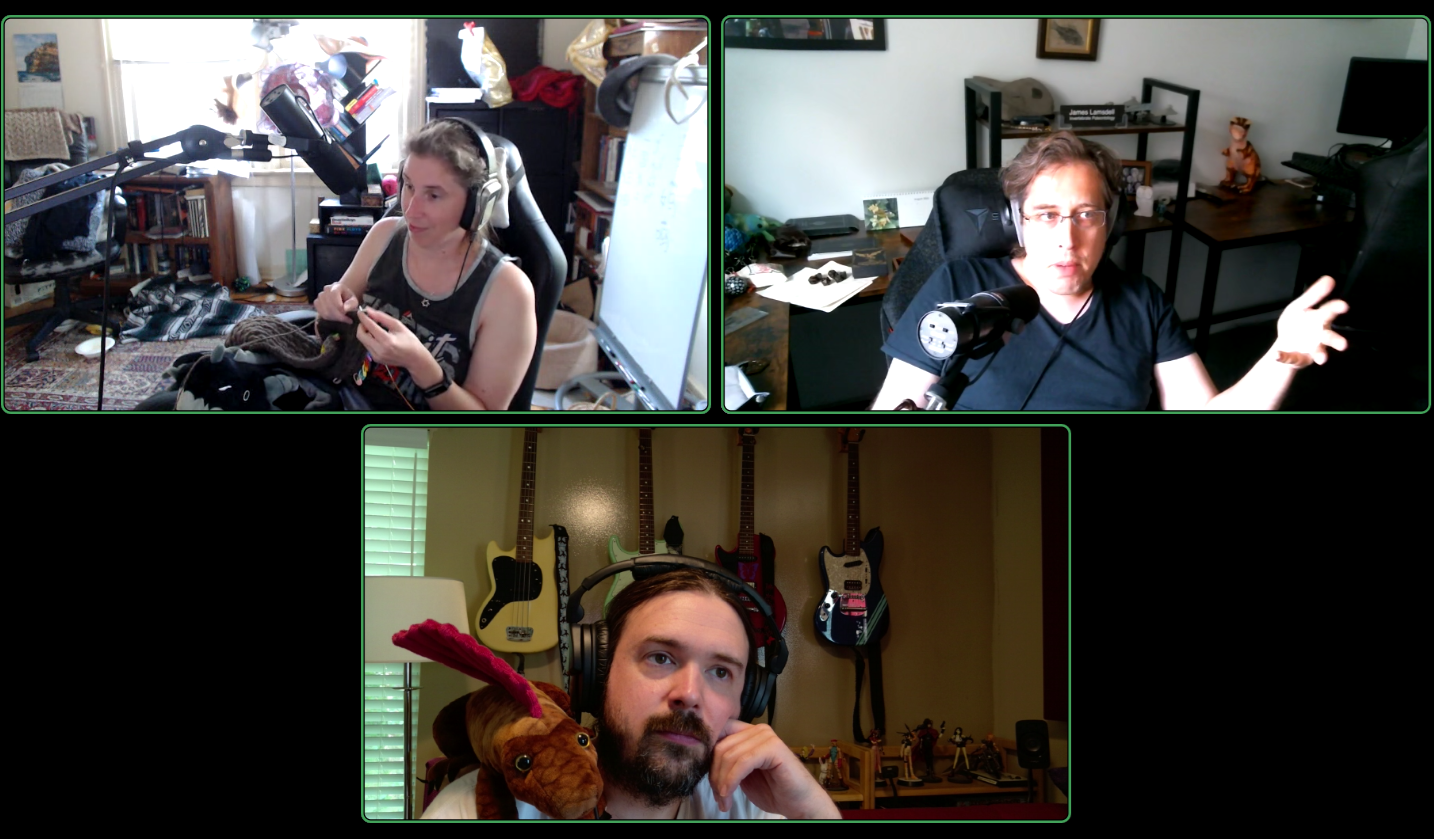
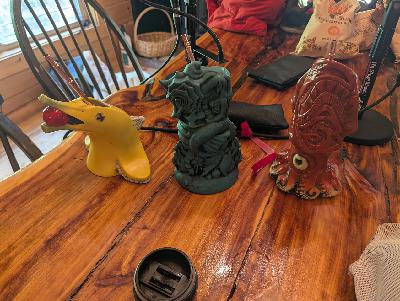
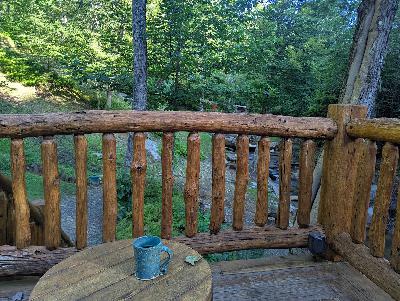
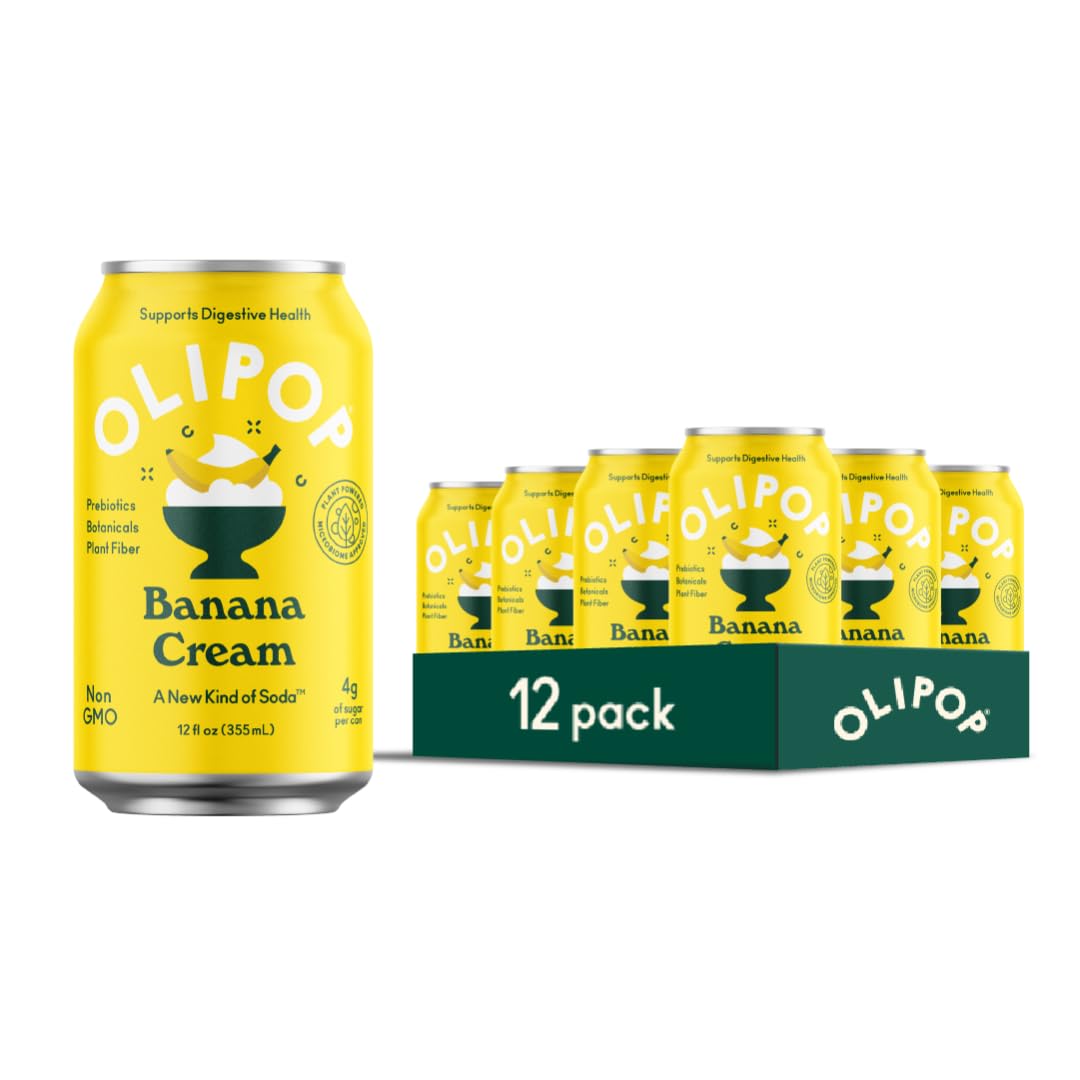
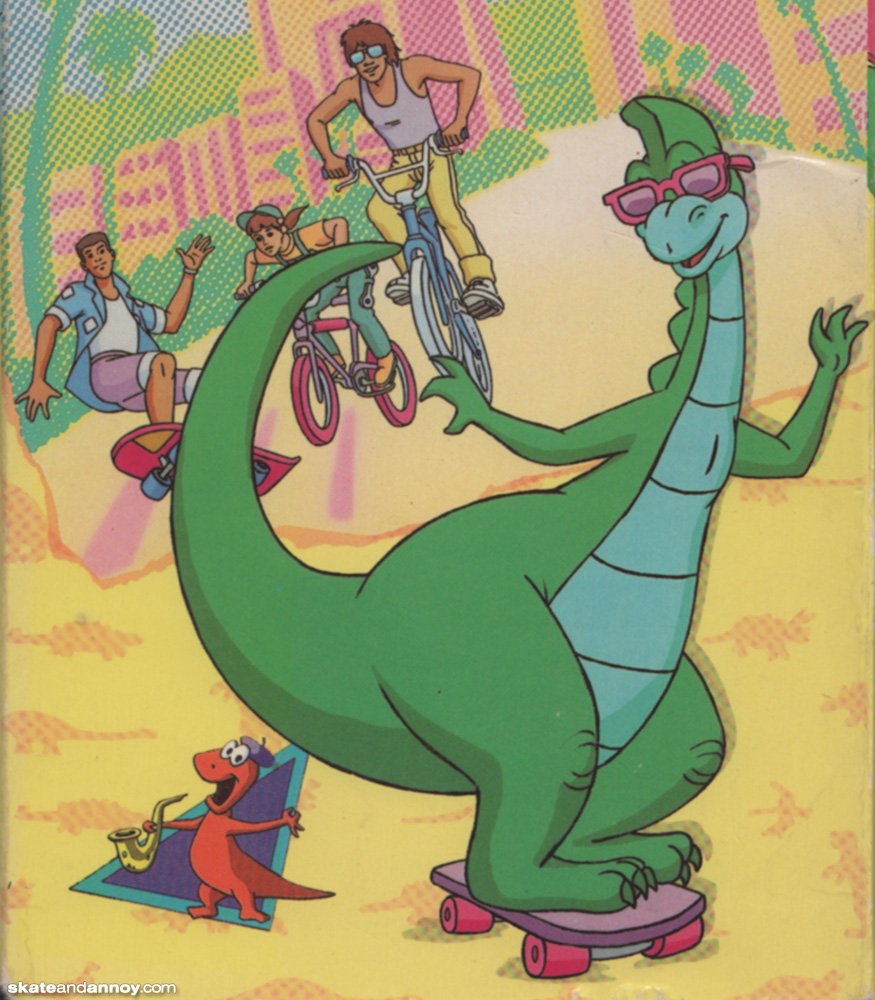
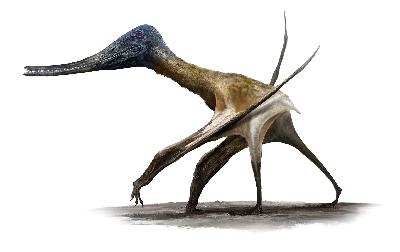

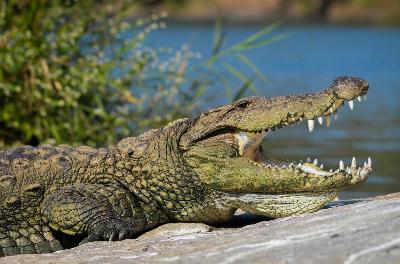




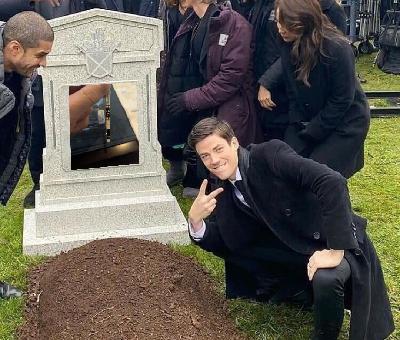
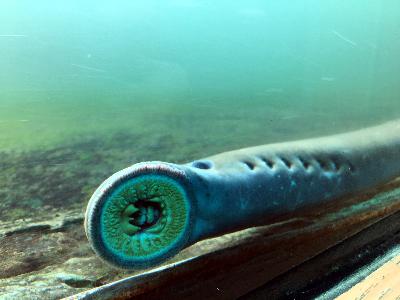




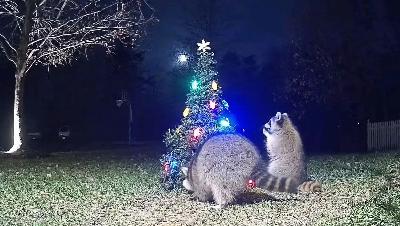



ok, you guys are great!! love this, even though it took me 18 minutes to figure out that I actually hadn't enticed a song sparrow to my feeder. still I love your podcast!!!